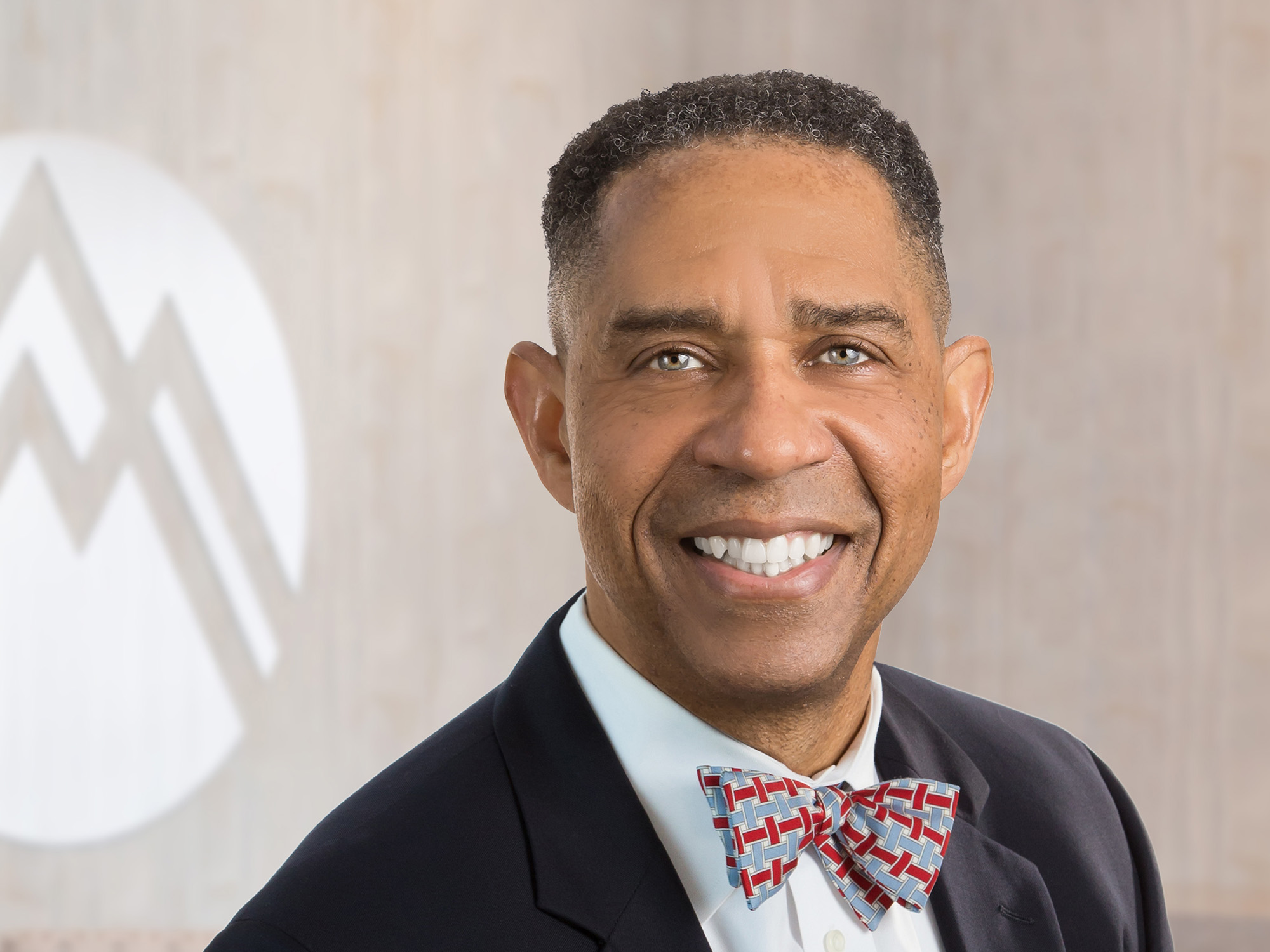Meet the Expert: Doctor Bio Video Series
David Spight, D.O. is a non-operative spine specialist at Summit Orthopedics in Minneapolis/St. Paul, Minnesota. His specialties include physical medicine & rehabilitation, interventional spine procedures, lumbar spine, and lumbar spine disorders.
Meet Dr. David Spight
Dr. Spight’s approach: “My greatest satisfaction in medicine is having the opportunity to educate patients about the relationship between structure and function, which allows them to gain the necessary knowledge to become active participants in their care.”
Dr. Spight’s education: Dr. Spight completed his undergraduate studies at the National College of Chiropractic in Lombard, IL and went on to receive his medical degree from Nova Southeastern University College of Osteopathic Medicine in Fort Lauderdale, FL. His residency took place at Detroit Medical Center’s Wayne State University in Detroit, MI, and he completed advanced fellowship training in Interventional Pain Management, Spine Technology and Rehabilitation in Fort Wayne, IN.
Summit Orthopedics offers comprehensive spine expertise
Our back specialists diagnose spine problems and design custom treatment plans built on a conservative, nonsurgical approach. Most patients find relief through treatments including guided injections, specialized physical therapy, biofeedback, exercise, activity modification, and medication. When conservative care does not relieve symptoms, our highly skilled surgeons offer proven, evidence-based surgical options. Together with you, we will determine the right course of action.
Start your journey to a healthy spine. Find your spine expert, request an appointment online, or call us at (651) 968–5201 to schedule a spine consultation.
Summit has convenient locations across the Minneapolis-St. Paul metro area, serving Minnesota and western Wisconsin. We have state-of-the-art centers for comprehensive orthopedic care in Eagan, MN, Plymouth, MN, Vadnais Heights, MN, and Woodbury, MN, as well as additional community clinics throughout the metro and southern Minnesota.
Additional resources for you
- Discover Summit’s comprehensive spine care services
- Take a free spine risk assessment
Video Transcription
My name is Dr. David Spight, and I’m one of the interventional physiatrists at Summit. And my job is to utilize historical information derived from the patient, physical examination, imaging, and to come up with a diagnosis for specific complaints of cervical, thoracic, and lumbar pain. For extracurricular activities, I’m an avid reader – politics, history. I like to bike. I’m a movie buff. I like to spend time with my wife and my pets, and we like to travel. Early on in my life, I thought I wanted to be in the healthcare profession because when I was in high school, I did part-time work at an outpatient dialysis center after school. And so that piqued my interest in medicine, and then the rest was history. In undergraduate, I was premed, and so I wasn’t sure whether I would go into dentistry or medicine, and so I chose the healthcare route. whether I would go into dentistry or medicine, and so I chose the healthcare route. And after undergraduate, I actually went to chiropractic school, and I practiced chiropractic for about seven years out in Massachusetts. And then I said, well, no, I want to do a little bit more, so I went back to medical school. I was drawn to spine or interventional physiatry from my chiropractic background. It seemed like a natural segue into medicine. I wasn’t sure whether I’d do orthopedic surgery, or, in fact, I didn’t know about physical medicine rehabilitation until I got into medical school and started to speak with some of my attending physicians and some of the guest lecturers to our medical school. And they thought it would be a good fit for me. And I started looking into it, and I agreed. I thought it was a great fit. And so I went to Nova Southeastern College of Osteopathic Medicine in Fort Lauderdale, Florida. After that, I did the residency in physical medicine rehabilitation through Wayne State University out of Detroit. And I also did an interventional spine fellowship in Fort Wayne, Indiana. And after that, I started practicing. What gets me up is to see people engaged the narrative, be able to identify with my patients, because more times than not, what patients are seeing us for we as healthcare providers suffer from ourselves. So when we can provide that insight to them, that helps them to understand that we aren’t just providers, and we are impervious to what they’re seeing us for – that we could suffer from the same maladies, it gives us that common bond, and that enriches that patient experience. So I look forward to that, and I embrace that.
